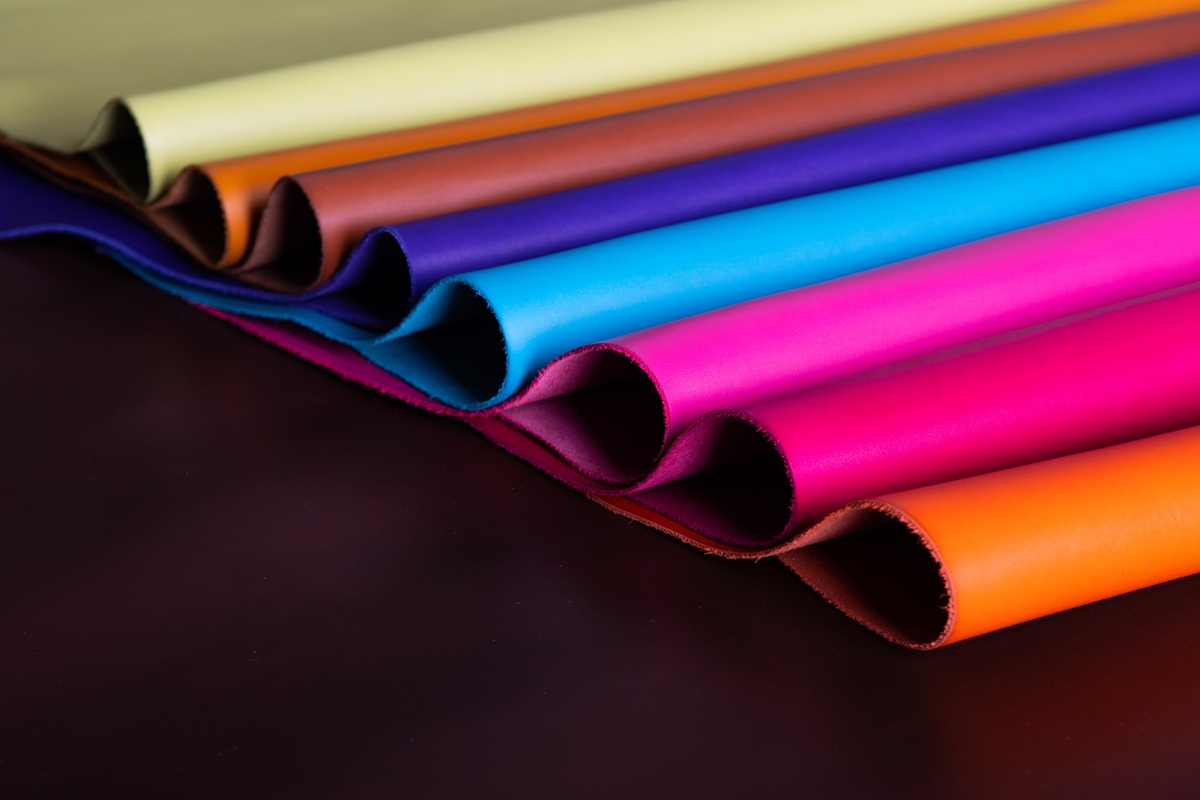At J. Wood Leathers, customers often ask: “Which is better: chrome tanned or vegetable tanned leather?” It’s an important question, especially in a world where sustainability, traceability, and environmental impact are more crucial than ever. The honest answer is it depends on the end use and how the leather is made and managed across its life.
What is chrome tanning?
Chrome tanning, developed in the 1850’s uses trivalent chromium salts. It’s fast and efficient, producing soft, stable leather with excellent dyeing and water-resistance, ideal for footwear, apparel, upholstery and automotive. Around three-quarters of the world’s leather is made this way, and leading tanneries manage water, energy and chemistry under certifications such as Leather Working Group (LWG) and use programs like Zero Discharge of Hazardous Chemicals (ZDHC) for wastewater and chemical limits.
What is vegetable tanning?
Vegetable tanning is one of the oldest methods of tanning in the world (almost 5000 years!) and relies on plant-based tannins (e.g., from bark, leaves or wood). It’s slower and usually yields firmer leather with a beautiful, natural look that ages and patinates over time, popular for belts, saddlery, leathergoods and heritage pieces. It avoids heavy metals by design.
Read more here about the beauty of vegetable tanned leather.
A note on biodegradability
Leather is engineered to be durable, so neither veg-tanned nor chrome-tanned leather is “readily biodegradable” in everyday conditions. Under controlled conditions, both can break down to varying degrees; rates depend on the recipe, finishes and composting environment. Recent studies show limited biodegradability even for veg-tanned leather, so end-of-life claims should be made cautiously.
So, which is more sustainable?
It’s nuanced. Sustainability is driven less by the tanning label and more by the whole system: raw-material sourcing, tannery controls, energy mix, wastewater treatment, durability in use, repairability and lifetime.
- Process impacts: Life Cycle Assessments (LCA’s) comparing tanning methods often find the vegetable process can carry higher impacts at the tanning stage (e.g., energy and climate) due to the production of vegetable extracts and longer drum times, whereas modern chrome processes can be lower at this specific step. Results vary by site, technology and scope, so it’s important to look at audited data rather than assumptions.
- Certification & controls: LWG-audited facilities and ZDHC guidelines help ensure robust management of water, energy, effluent and restricted substances: key factors for reducing impacts regardless of the tanning system.
- Circularity: Using hides from the meat industry avoids significant waste; millions of hides otherwise go to disposal each year, with associated emissions. Turning them into durable goods is a meaningful circular use of a by-product.
Our recommendation
- Choose vegetable tanned when you want a lower-chemistry aesthetic with rich character and patina, and where firmness and structure are desirable.
- Choose responsibly produced chrome tanned when softness, drape, hydrothermal stability, water-resistance or colour consistency are critical (footwear, apparel, upholstery).
Either way, the most sustainable leather is the one that’s well-made, traceable, used for a long time, and repaired rather than replaced. We work only with tanneries that meet stringent environmental standards and provide traceability from hide to finished article.
Ultimately, the best choice depends on your end use and we’re here to help guide you in that decision. Reach out to the team at J. Wood Leathers to learn more about the sustainability credentials of our hides and how we support better leather for a better planet.

